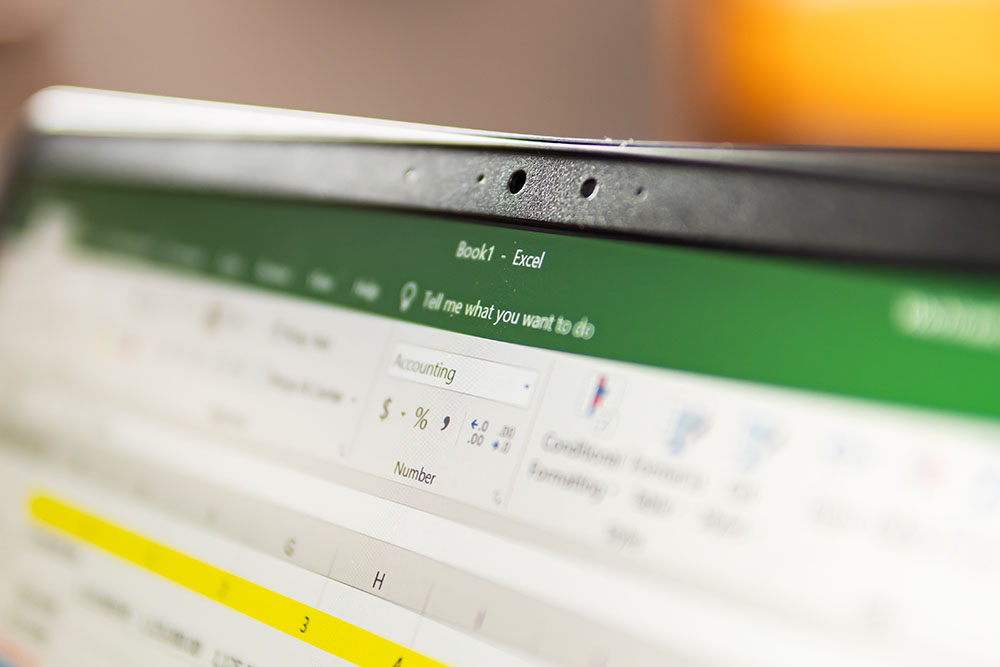How many times have you uttered the words, “Ugh! I have another meeting now?” or “I have so many meetings today, I don’t have time to get anything done!” Like it or not, for most cubicle dwellers (more likely, Teams or Zoom attendees these days), they are a necessary part of the workday. Taking a few simple things into consideration can be the difference in wasting your co-workers’ time or hosting the most productive, effective meeting of the week.
Don’t be a stomper!
Have you looked at your calendar only to discover that you have two or three meetings booked at the same time? Frustrating, right? Doing this puts you in the position of either deciding which meeting is the most important or requesting the organizers to reschedule them. Don’t be that person who schedules a call without even looking at availability (or flat out ignoring it). If someone is a key participant, ensure that they are available in the time slot selected. I’m no application developer, but I have a hunch that this might be exactly why the Free/Busy feature exists.
Waste not, want not
Before you send out that meeting invite, ask yourself the following questions:
- Is a meeting required? Consider why you are thinking about scheduling the meeting. Does the topic need more people to brainstorm or make the decision? Can a simple phone call or email get the job done? If you respect other people’s time, that respect will be returned.
- Who needs to be invited? Double-check your participant list and make sure everyone you have listed truly needs to be in the meeting. If you think someone may be interested in the topic, and their presence isn’t critical, add them as optional and let them decide if they want to attend.
Preparation is key
- Document Review. Send documents or include them in the meeting invite so that participants have ample time to review them before the meeting. An effective meeting starts with everyone being prepared. Ask the participants to read provided content in advance, so you can jump right into the discussion without wasting time to bring everyone up to speed.
- Have an Agenda. The purpose of the meeting should be clear, and the participants should have a good idea of what will be discussed and their role in that discussion. Include the agenda in the meeting invite. Doing this will allow the participants to review, be prepared, and reach out in advance to add any missing topics to the agenda.
Assign a notetaker
If there are action items, decisions, or significant discussions likely to come out of the meeting, then assigning a notetaker at the beginning of the meeting is essential. You will want to make sure to document your next great idea! A good alternative is to record the meeting and have an assigned notetaker transcribe the notes afterward.
Time is of the essence
You know the old saying, “Time is Money!” Keep that saying in mind and do what you can to minimize wasted time. Here are a few ideas that show your respect for co-worker’s time.
Minimal meeting time
Put some careful thought into how much time is needed for the agenda items defined and schedule the meeting for that timeframe. Don’t just block an hour or two for the heck of it. It’s okay to schedule a 15-minute meeting; don’t think anyone is going to complain you didn’t take up at least 30 minutes of their time.
Manage the time
- Timekeeper. If you have trouble keeping track of time and running the meeting simultaneously, appoint someone as the timekeeper. Have them do regular checkpoints during the meeting, so everyone is aware of the time.
- Stick to the Agenda. If the conversation turns to an off-topic item, agree to take it offline and quickly get back to the agenda items. If there is extra time after the agenda items have been covered, you can circle back. If not, an action item can be assigned to schedule a follow-up meeting with the appropriate participants.
- End on Time. Don’t run past your scheduled time. If the agenda items haven’t been covered, then announce that you will schedule a follow-up meeting and get an agreement from the group about how much more time will be required.
Break time
- Transition Time. Leave time in between meetings by scheduling them to end 5 or 10 mins before the half-hour or hour, respectively. Doing this enables everyone to get ready for their next meeting. Outlook users can easily configure this, so it is done automatically for all meetings:
- Extra Long Meetings. Be sure to schedule regular breaks to allow room for food/bio breaks and leg-stretching. No one is going to be at their best when they have been sitting still for too long or they have an empty stomach or a full bladder.
No brawling in meetings!
Allow heated discussions to continue provided they are respectful and on-topic. A little debating can be healthy and can often lead to great ideas. However, pay close attention and make sure that the flow doesn’t move towards personal attacks. As soon as the tone changes, halt the discussion and move on to another topic.
Wrap it up effectively
Allow time for questions and have the notetaker review the follow-on action items to ensure that nothing was missed. Distribute notes within 24 hours.
Meetings can be highly effective and productive tools with preparation, consideration, facilitation, great communication, and follow-up. Doing the few small things above can be the difference between efficiently conducting business and colossally wasting your co-workers’ precious time.



